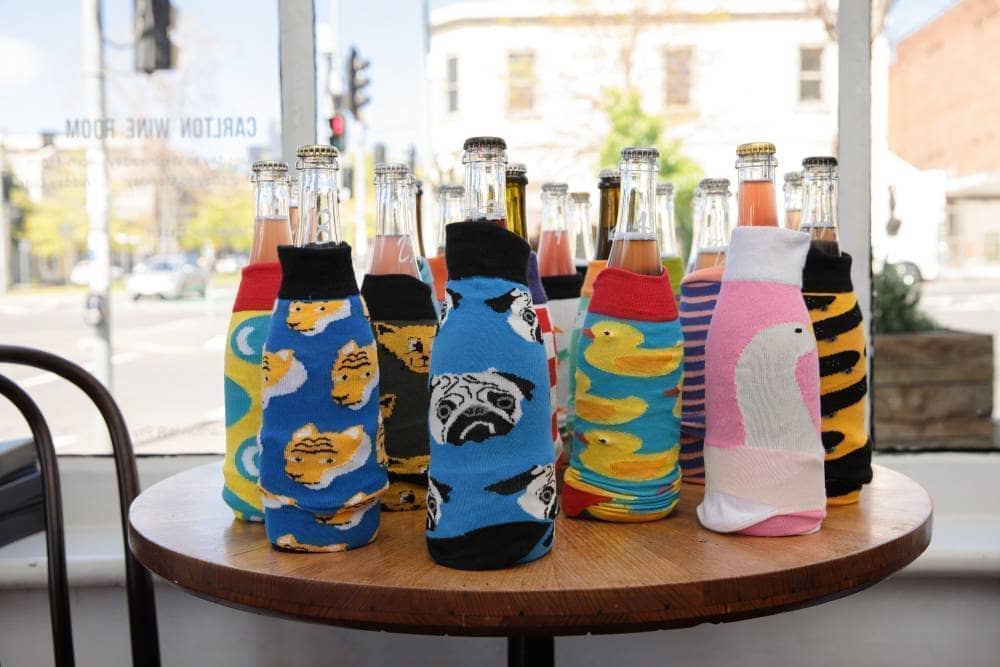Meadowbank, Tasmania
Meadowbank’s Ellis family are pioneers of the modern Tasmanian wine scene, planting their vineyard in the 1970s against the best available advice. That site in the Upper Derwent Valley has validated their conviction, becoming one of the island’s most enduring and respected fruit sources. The 50-hectare vineyard supplies names like Arras, Bay of Fires and Glaetzer-Dixon (including for their 2011 Jimmy Watson win) with grapes, primarily pinot noir, shiraz and riesling. Today, the Meadowbank brand has also been reinvigorated, with the wines fine-tuned by the glittering talents of Peter Dredge, along with his own Dr Edge label, which largely centres around Meadowbank fruit.





